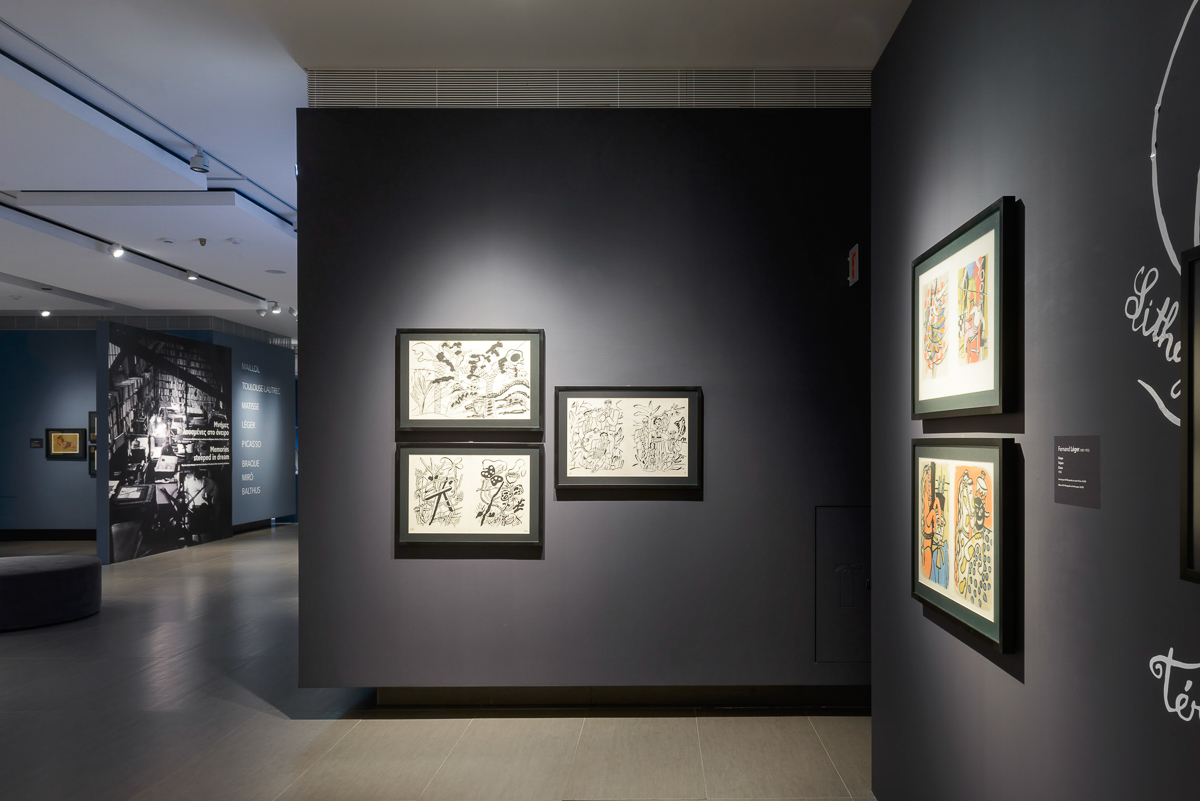The exciting exhibition “Memories Steeped in Dream” which includes 90 engravings, ceramics and lithographs by eight prominent artists of the 19th and 20th centuries from the B & E Goulandris Foundation collection, highlights the significance of the multiple in modern and contemporary art.
The exhibition
The Museum of the Vassilis & Elizas Goulandris Foundation presents a huge tribute to the fundamental role of multiples in modern and contemporary art. For this purpose, the periodic exhibition “Memories Steeped in Dream” exhibits about ninety lithographs, engravings and ceramics, collected from the Foundation Collection that bear the signatures of eight acclaimed 19th and 20th-century artists. Multiple masterpieces from legendary artists including Aristide Maillol (1861-1944), Henri de Toulouse-Lautrec (1864-1901), Henri Matisse (1869-1954), Fernand Léger (1881-1955), Pablo Picasso (1881-1973), Georges Braque (1882-1954), Joan Miró (1893-1983) and Balthus (1908-2001) are exhibited. The consolidated presentation of these works gives us the opportunity to “read” again their story through two perspectives.
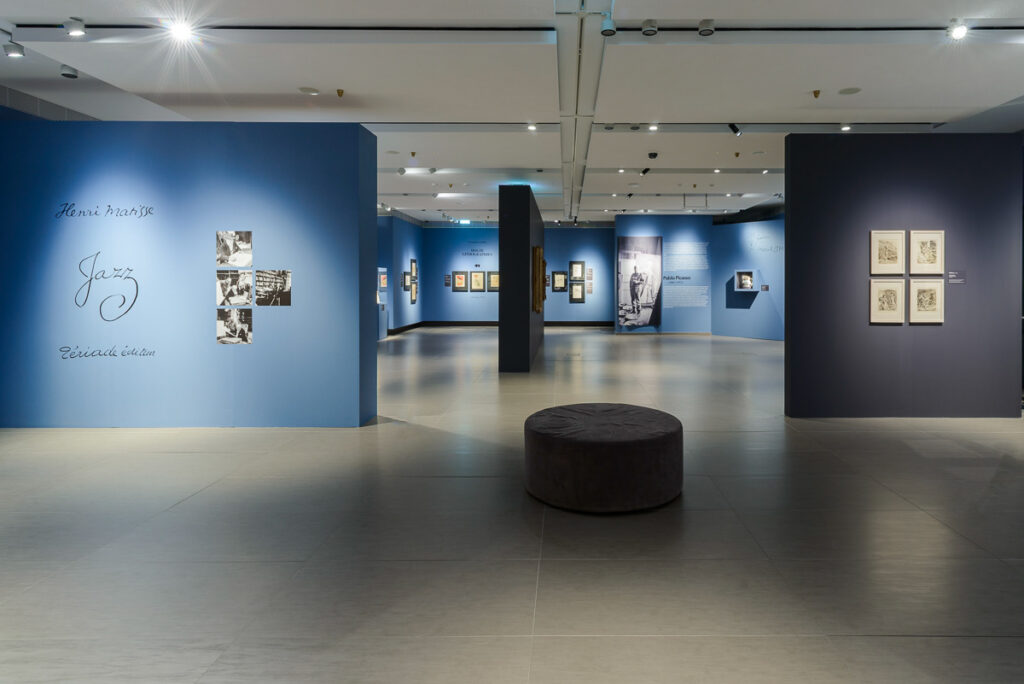
Multiple dimensions
At first, we consider the carefully selected art pieces as a set of “Memories steeped in the dream”, according to the lyrical description of the Guatemalan author Miguel Ángel Asturias. This way we can analyse the advantages that these various techniques offered artists of the multiple. This includes: approaching different methods of creation and developing a different way of looking at the work of art; spreading their work wider and faster; and having their works co-exist with written texts by prose writers or poets. Additionally, other than exploring the world of engraving and ceramics, the exhibition further stresses the key role of many collaborators who were involved in editing the works, including Ambroise Vollard, Aimé, Marguerite and Adrien Maeght, Tériade, Fernand Mourlot and Suzanne Ramie.
In the second stage seeing each work separately, we enable ourselves to follow the path of their creation, emphasising at the same time the originality in relation to the rest of each artist’s output.
Visitors of the exhibition will be able to discover hidden gems of contemporary art history such as the collections: Master of Design by Aristide Maillol, Twelve Lithographs by Lautrec, Circus by Léger, Hesiod’s Theogony, illustrated (in Greek) by Braque, Windswept heights of Emily Brontë, as Balthus imagined them. As for the famous artists Matisse, Picasso and Miró, through their exhibited works they prove once again the decisive role they played in the development of engraving and ceramics during the 20th century.
The essential “map” for the museum tour
The exhibition is accompanied by a bilingual catalog (in Greek and English), which has been compiled by the curator of the exhibition Maria Koutsomalli-Moreau and is published by the B&E Goulandris Foundation, that is edited by Mikri Arktos. It is enriched with a Glossary containing all the technical terms of engraving, which are necessary for a solid understanding of the methods used, as well as with biographical notes of the valuable collaborators who gave the artists the opportunity to excel in the art of the manifold. The interspersed testimonies of artists, gallery owners and craftsmen complete this tribute to an entire field of art, which unfortunately has not yet found the recognition it deserves.
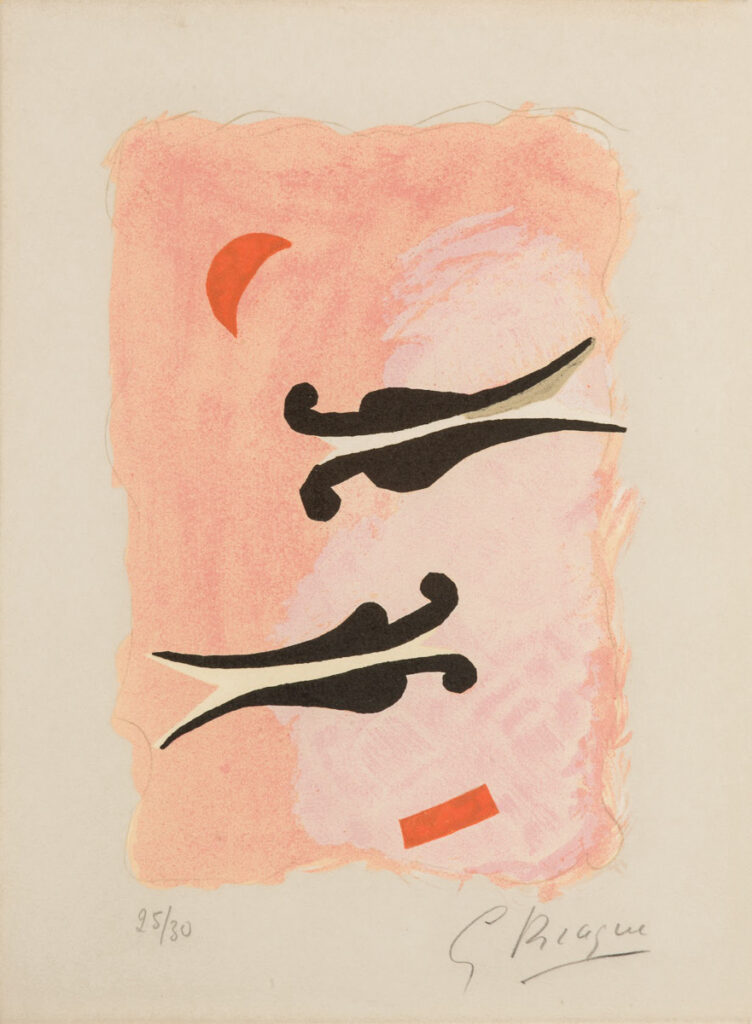
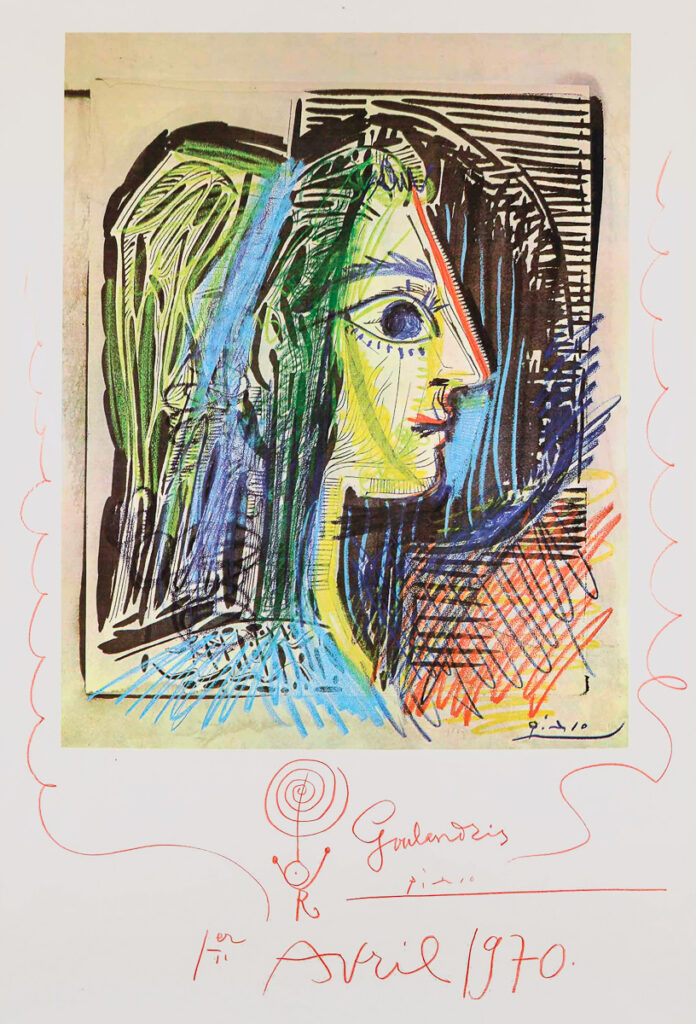
The artists in the exhibition “Memories Stepped in Dream”
Aristide Maillol (1861-1944) – LITHOGRAPHS
In 1948, four years after the death of Aristide Maillol, the French publishing house Flammarion published a scrapbook with drawings by the artist and a foreword by the author Jules Romain. Those works on paper, transferred to lithographs, give a wider audience the opportunity to discover a previously unknown side of the art of Maillol, who until that time was famous as a sculptor.
Henri de Toulouse-Lautrec (1864-1901) – TWELVE LITHOGRAPHS
Henri de Toulouse-Lautrec was involved throughout his life with lithography, a genre that offered him great freedom of expression. His dealers Maurice Joyant and Michel Nanzi, the last owners of Goupil & Cie, encouraged him a lot in this direction. Nevertheless, Lautrec’s work in the genre of lithography achieved real success after his death, mainly thanks to the exhibition organized by Marcel Guérin in 1910 at the Musée des Arts Décoratifs in Paris.
Henri Matisse (1869-1954) – JAZZ
Matisse began to create works using cut coloured papers as early as 1930. But it was not until 1943 that this technique took on much greater dimensions, when Tériade, with whom he had already collaborated for Verve magazine, discovered his collages. At that time Matisse was living in the hills of Nice and the state of his health did not allow him to work except lying in bed most of the time. Tériade is so impressed by those cut-out figures from sheets of paper painted with gouache that he suggests Matisse create a “flower-book”, which will be a combination of a series of such compositions and handwritten text.
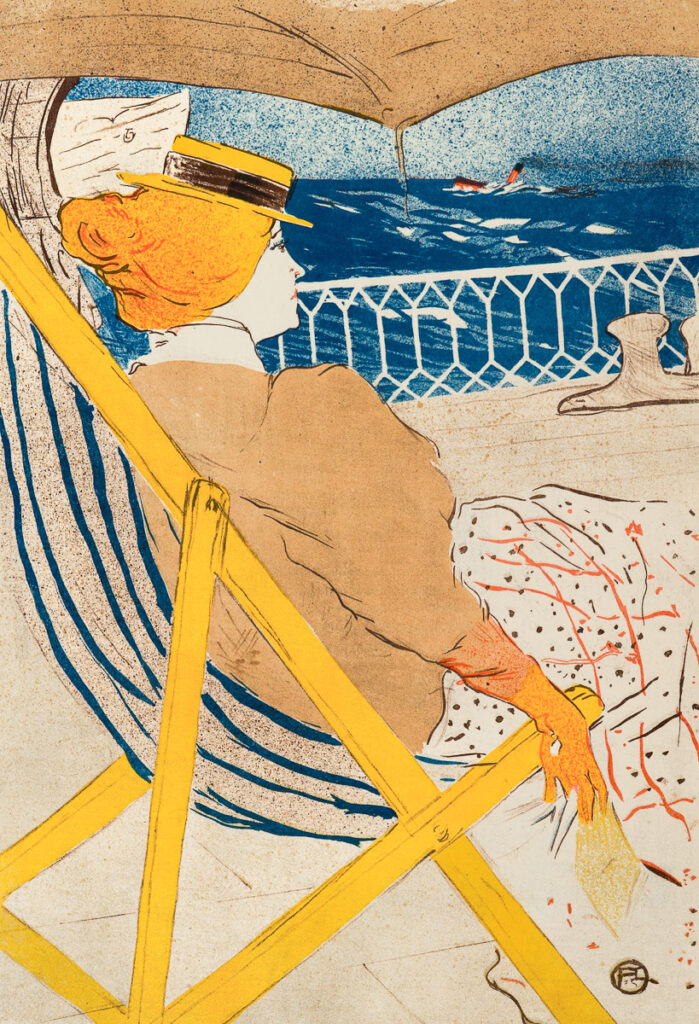
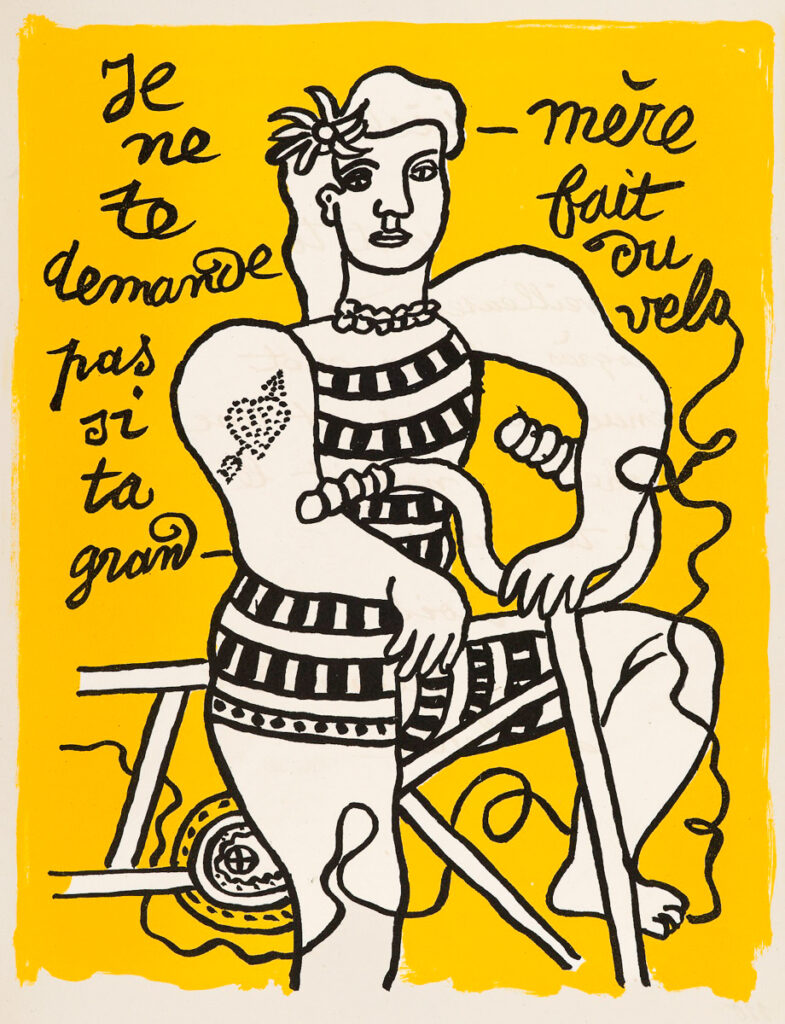
Pablo Picasso (1881-1973) – LITHOGRAPHS, LINOGRAPHS AND PAINTED POSTERS
Picasso has always been known for his penchant for experimentation. No technique, no medium, no form of artistic expression was foreign to him. He painted, drew, sculpted, wrote, photographed, and made theater sets and ceramics. He also showed a great interest in engraving, learning all its possible techniques: engraving with a chisel, punta, aquatint, and lithography. The Vassilis & Elizas Goulandris Foundation has in its Collection two lithographs, a linocut, as well as a painted poster, which demonstrate Picasso’s unparalleled talent in this field.
Fernand Léger (1881-1955) – CIRCUS
Fernand Léger returned to Paris in 1946, after a six-year stay in New York. A little later, he was contacted by Tériade, who suggested that he create a scrapbook of lithographs that would illustrate a theme and a text of his own choosing. The painter chose to deal with the world of the circus and decided to write the text himself, which was decorated exclusively with original lithographs. He created 34 color and 29 black-and-white compositions for The Circus, which are inserted into a manuscript written in a thin and broad script, similar to that seen in Matisse’s Jazz.
Georges Braque (1882-1954) – THEOLOGY
In 1932 the gallerist Ambroise Vollard wanted to celebrate Georges Braque’s fiftieth birthday in his own way. Known for his passion for artists’ books, he asked him to choose an anthology and illustrate it. Spontaneously, Braque suggested Hesiod’s Theogony, a work of the 7th century BC, which describes the creation of the universe and the origin of the gods. With this proposal, he satisfied a desire he had for a long time: to recall Greek mythology in his work and draw from its richness, thus showing his need for purity in the forms and universality of the subjects he works on.
Georges Braque (1882-1954) – LITHOGRAPHS
Georges Braque discovered the world of engraving in 1907 and lithography from the beginning of the 1920s. But only from the end of the 1930s did the latter become a real passion for him. First, he began a collaboration with the engraver Maurice Berdon, which proved very fruitful. The painter himself was involved in the process of printing and numbering, going so far as to change inks during the print. This explains the different colorations one observes from one sample to another. Then after the Second World War II, Braque continued his efforts with the support of Adrien Maeght and the experienced printers Maurice and Fernand Mourlot.
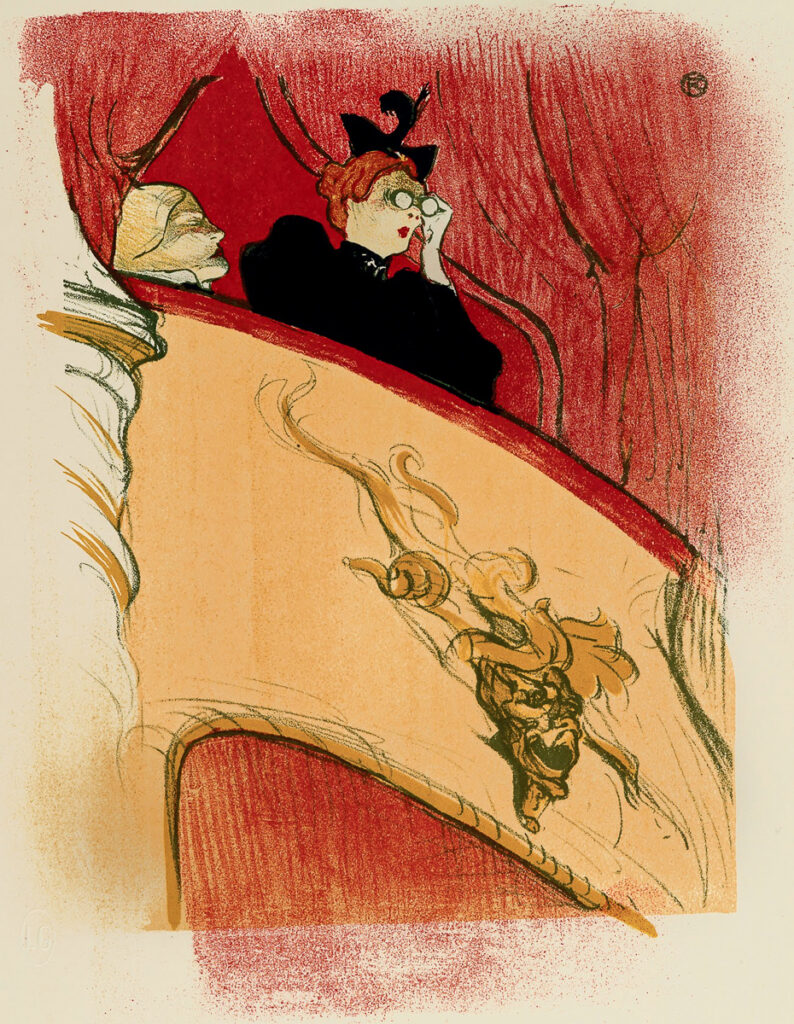
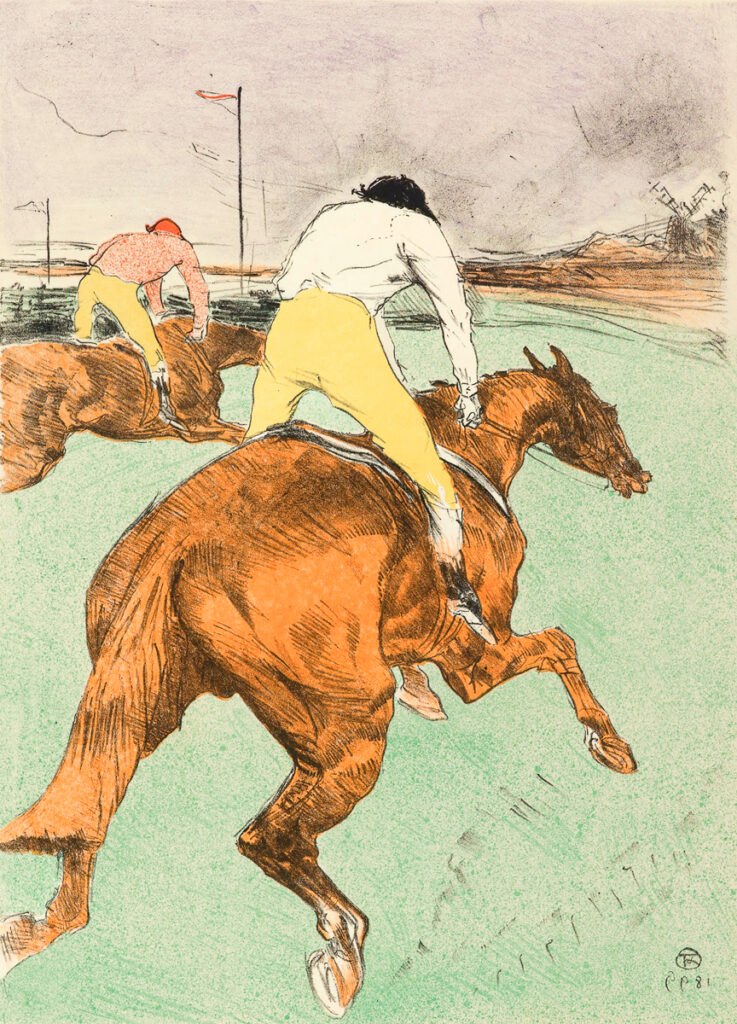
Joan Miró (1893-1983) – COMPOSITION, COMPOSITION IIII, COMPOSITION IIIIIII
Joan Miró discovered printmaking in 1928, but it was not until 1947 that it took a dominant position in his life, thanks to his acquaintance with Aimé and Marguerite Maeght, as well as their son Adrien. For over three decades, Miró created in Maeght almost 1,800 original lithographs and engravings. So it is no coincidence that, shortly before his death, he acknowledged: “For me, engraving is a supreme means of expression. It was a means of liberation, expansion, discovery.”
Balthus (1908-2001) – WINDSWEPPED HEIGHTS
Between 1933 and 1935, Balthus, aged 25, chose to illustrate Emily Brontë’s Wuthering Heights. He drew in pencil more than fifty studies, with which he described specific passages of the text. His fascination with this novel, which he had discovered at the age of 14, prompted him to parallel the story of Cathy and Heathcliff with his own relationship with his future wife Antoinette de Watteville, who at the time was engaged with another man. Some of the compositions inspired his lead paintings, such as Cathy’s Toilet and The Blanchard Children.
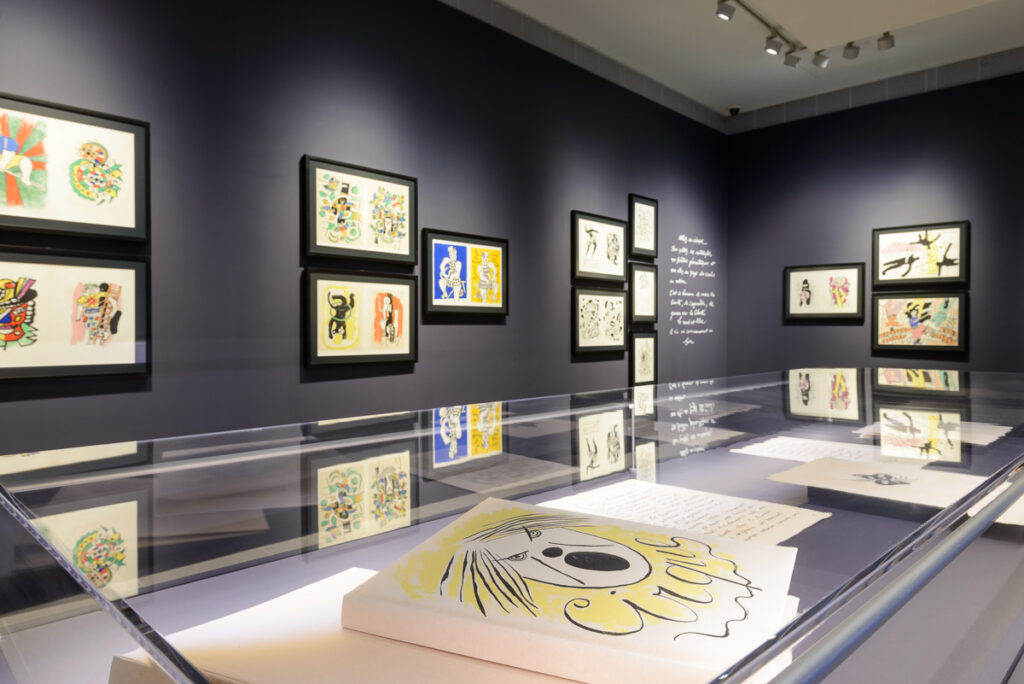
Book your tour
We highly recommend that you book your own private tour in English if you want to learn more about the art of the multiple and the story of each individual artist through the institution’s website.
Make sure you take home…
If you wish to preserve your own memories of the exhibition as a beautiful “dream” we suggest you visit the museum shop on the ground floor. There you will find items dedicated to works of every collection of the foundation as well as catalogues dedicated to previous periodical exhibitions.
Basilis & Elise Goulandris Foundation exhibition “Memories Steeped in Dream”
Οpening hours: Μonday-Saturday 10am – 6pm
Entry: €10
Address: Eratosthenous 12, Athens 116 35
Website: goulandris.gr
Visit Information email: visit@goulandris.gr
Special thanks to Mrs. Katerina Vousoura, Head of Communications and Outreach at Basil & Elise Goulandris Foundation and our tour guide Mr. Kostantinos Kosmas.
All Images Courtesy of B&E Goulandris Foundation

